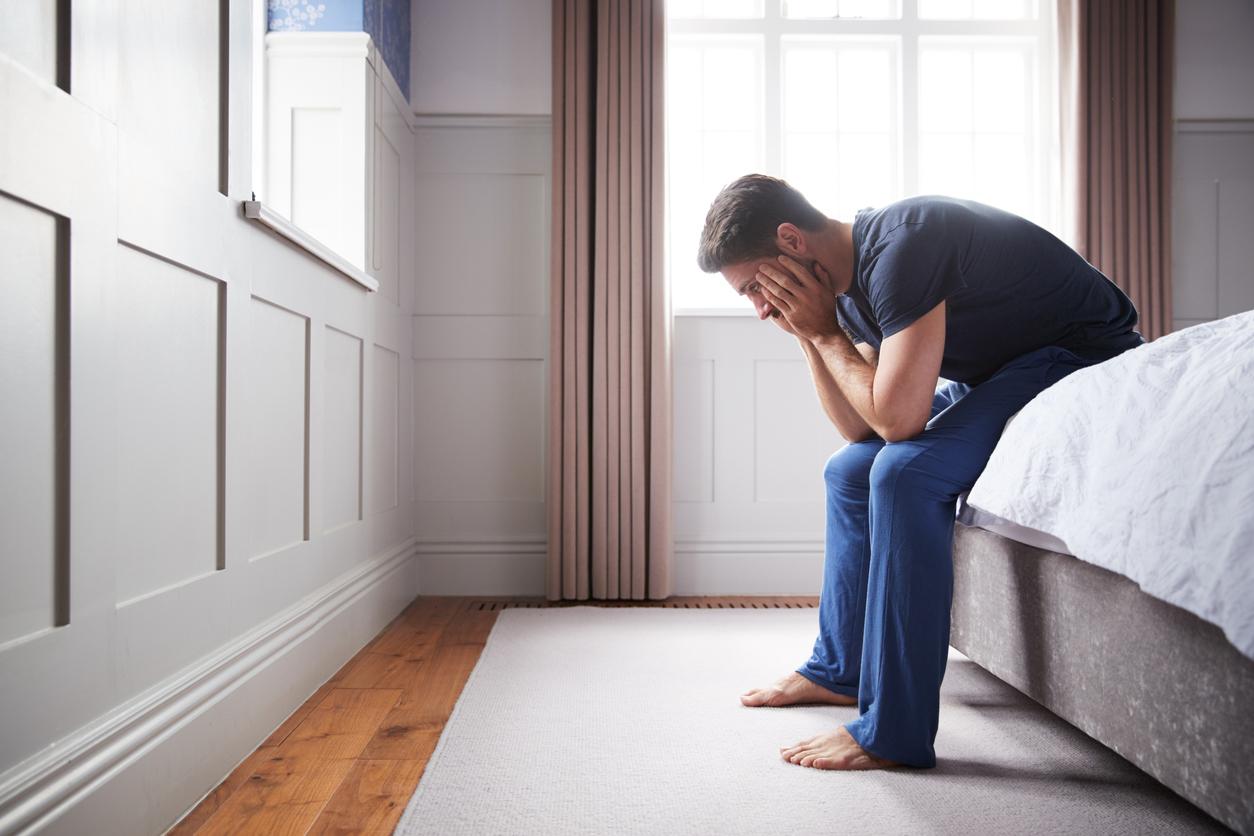You can get rid of it with behavioral therapy. PlusOnline answers 7 questions about fear of heights.
Is fear of heights a phobia?
Sometimes yes, sometimes not. It depends on how much it bothers you. A phobia only arises when the fear – in this case of height/depth – disrupts life. It is not the height itself that is decisive, but the amount of fear and panic that the height difference evokes. When someone hardly dares leave his apartment on the third floor, you speak of a phobia.
What are the symptoms?
A person with a fear of heights is primarily afraid of falling. He or she is nauseous, dizzy and does not dare to look down. In panic situations, such a person often becomes completely cramped, has palpitations, sometimes crying fits and is afraid of fainting, dying or going crazy. In addition, there is often an urge to ‘want’ to jump into the depths. That experience can be so poignant that the fear of going through something like this again becomes greater than the fear of the situation itself. This ‘fear of fear’ leads to avoidance of the situation in which the panic attack first occurred.
How does it come about?
Fear of heights can develop gradually, but it can also develop suddenly, just like that or as a result of, for example, a fall from a staircase. After the age of 35, people often become more sensitive to height differences. Sometimes people with a phobia see a connection between an emotional event in their life (marriage, divorce, illness) and the development of their specific fear. According to phobia experts, these traumatic events in themselves do not cause a phobia, but many people report that their fear of heights has increased after a stressful period.
Is fear of heights dangerous?
No, usually not. You can even think of it as a sensible safety mechanism (at least someone like that is careful). But being anxious is of course not a pleasant feeling, certainly not when daily life is dominated by it.
Can you prevent it?
Once you’ve been scared at a height, you may want to avoid that situation afterwards. But by confronting the same situation again as soon as possible after the fearful experience, ‘from bad to worse’ can be prevented. If the fear has already developed into a phobia, various treatments are possible.
How do you get rid of it?
The (cognitive) behavioral therapy is considered the most effective. Approximately three quarters of the people no longer avoid the situation after 16 consultations. The rest are usually cured after 30 to 40 times. In behavioral therapy you confront your fear step by step through carefully constructed exercises. In doing so, you and the therapist look for the height at which you are comfortably unhappy. That’s still below the panic threshold. Occasionally, the virtual reality method is used, in which you are first brought to a ‘just-real’ height with the help of computer images, before entering into the feared situation in reality. When the fear of heights is the result of a trauma (falling yourself or seeing someone fall), EMDR (Eye Movement and Desensitization Reprocessing) have success. As the patient thinks about the trauma, they should also watch a hand move back and forth in front of the eyes. Normally the brain wants to flee from these thoughts, but now it stays with it. That is a condition for further treatment. The following treatments are sometimes used, but their effect has not been proven:
anti-anxiety pills, tranquilizers, anti-depressants, hypnotherapy and acupuncture. A promising drug for fear of heights, d-cycloserine, is still in the research phase.
Is there a connection between fear of heights and fear of flying?
Fear of flying is often accompanied by fears such as fear of heights, loss of control, claustrophobia and fear of water. Someone with a fear of heights does not necessarily have a fear of flying. There are specific training courses to overcome fear of flying.
More information: Anxiety treatment center IPZO in Nijmegen and Nieuwegein, 024-352 88 34. Anxiety Compulsion and Phobia Foundation: 0900-200 87 11 (€0.35 p/m) or www.adfstichting.nl. About the EMDR method: www.emdr.nl. ‘Dealing with fear of heights’, J. van den Berg, M. Krämer and L. Grootaarts. Publisher Bohn Stafleu van Loghum, ISBN 9789031346295, €18.90.
Sources):
- Plus Magazine
















